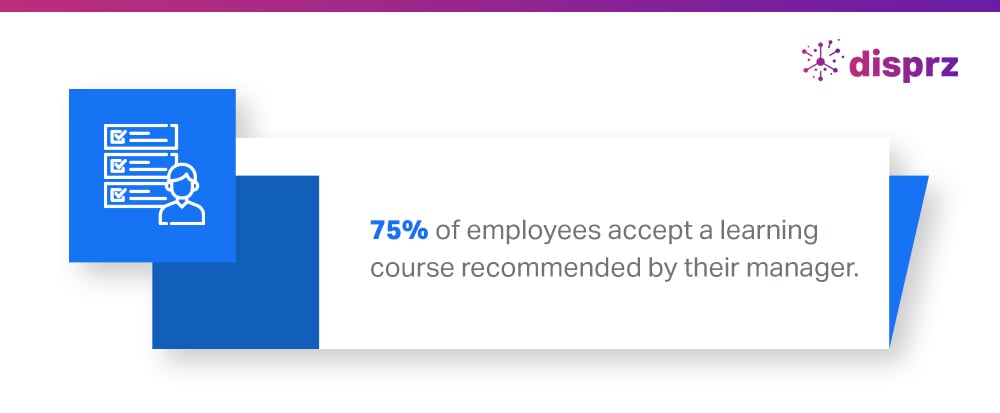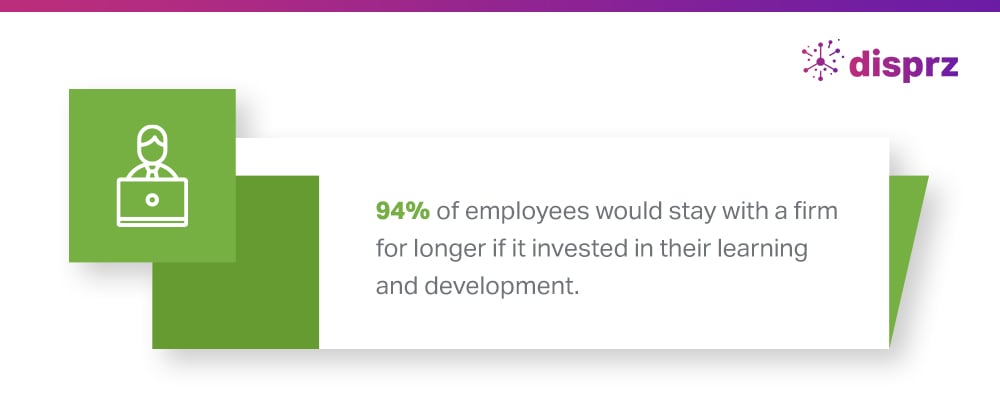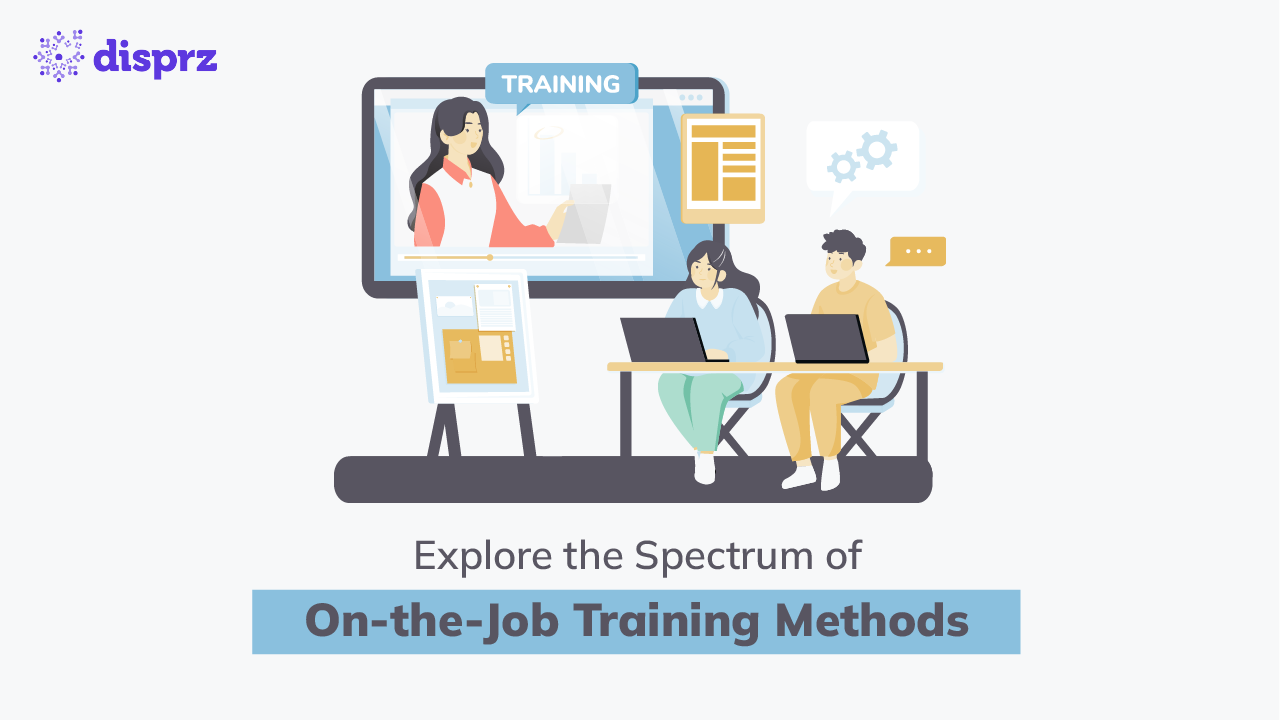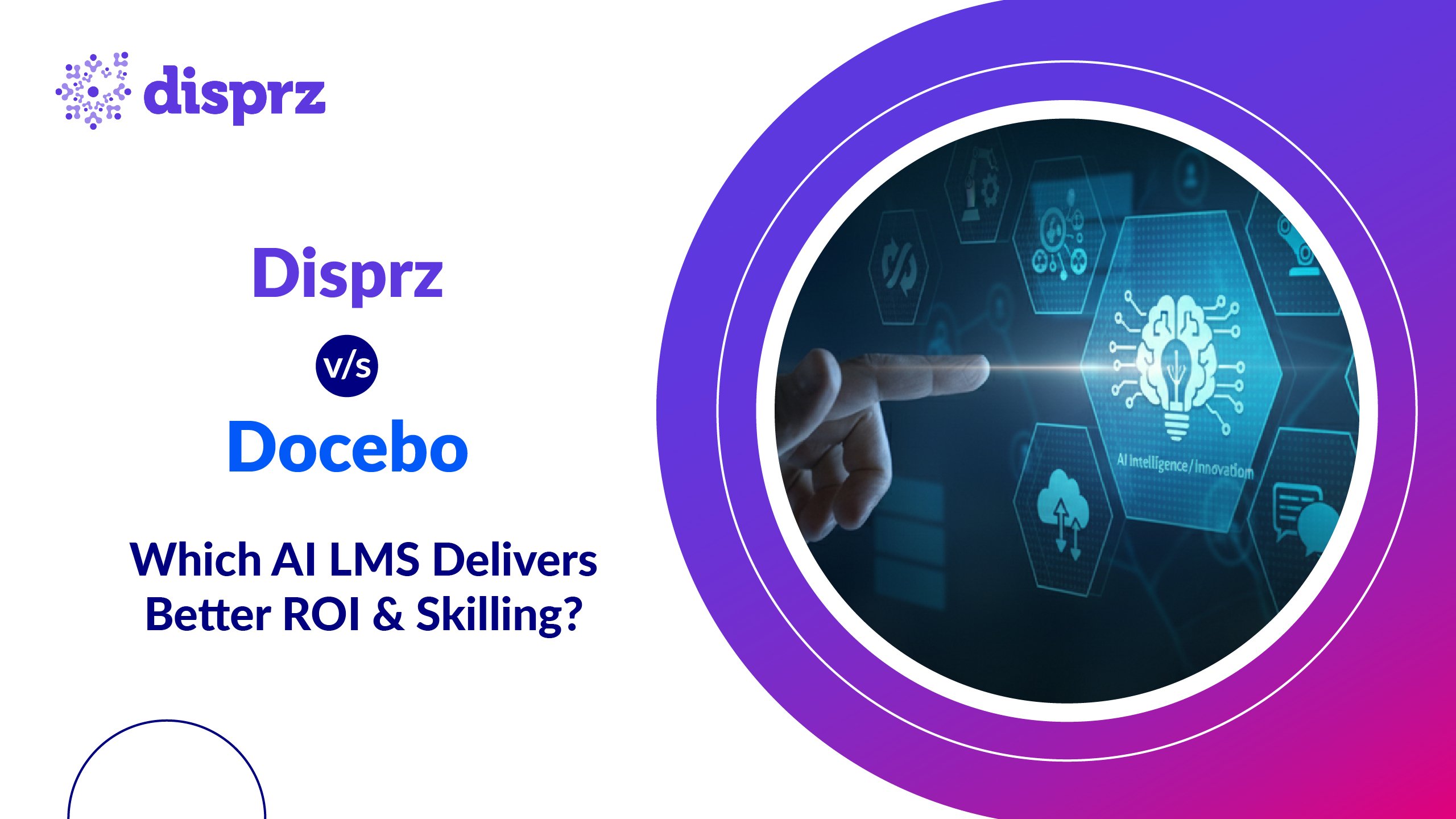In today’s world, the flow of work is unrelenting for employees. They are constantly juggling deadlines, responding to emails and messages, and attending meetings. This gives your workforce little time to engage in on-the-job training to develop their current skills or learn new ones.
Implementing the top on-the-job training methods gives you the ability to improve employee skilling. This enables your workforce to become more engaged and productive. In fact, according to LinkedIn, 68% of workers consider training and development opportunities an organization’s most important policy.
Why should you consider implementing the top on-the-job training methods for your employees? In this blog, we will address the importance of on-the-job training and explore 4 successful methods you should consider.
Why is on-the-job training important?
What is on-the-job training? On-the-job training (OJT) is a structured training method conducted at the workplace. By definition, it immerses employees in real-world scenarios relevant to their roles, allowing them to learn and enhance their skills while actively contributing to the organization. This training method is crucial for enhancing productivity and employee engagement. It empowers employees with role-specific skills, strengthens technical proficiency, and ensures workplace relevance.
The best employee training is relevant, targeted, timely, helpful to employees, and packed with valuable information. On-the-job training is a better choice than spending your budget on conferences, speakers, or shoddy paper manuals that might just sit around collecting dust.
Did you know that 68% of employees prefer to learn at work?
Research shows that the effectiveness of on-the-job training lies in its ability to blend learning with real-world applications, reducing costs and improving retention.
On-the-job training vs. off-the-job training
Both terms are self-explanatory, as OJT training is provided while the employee is actively working and off-the-job training takes place while the learner is away from the work environment.
| Feature | On-the-job Training | Off-the-job Training |
| Environment | Conducted at the workplace | Conducted outside the workplace |
|
Cost |
Cost-effective | Often more expensive |
|
Practicality |
Focuses on real-world tasks | Focuses on theoretical knowledge |
|
Interruptions |
No significant work interruption | Work interruptions may occur |
Both have the goal of helping a new hire or experienced employee acquire a new skill through different training material, whether that be through a machine learning platform, classroom training, or other interactive training methods.
In off-the-job training, the real-time work is put to a halt at that time, and the focus is simply on training. This contributes nothing to the actual productivity during the training period. The right on-the-job training methods help businesses impart training in the flow of work without hampering performance.
On-the-job training is possible if you can deliver it virtually, typically through mobile learning. This enables you to deliver on-the-job training methods that are simple and less expensive than off-the-job training methods.
Top 4 on-the-job training methods to drive employee upskilling & development in 2025
There are various on-the-job training methods designed to address different learning needs.
Below are four effective methods of on-the-job training for workforce development.

1) Instructor-led training
A corporate training session led by an instructor for learners is known as instructor-led training (ILT). This on-the-job training technique provides real-time interaction between instructors and employees, enabling instant feedback and adaptable learning.
Incorporating blended learning activities throughout the training session can make the learning process much more engaging for employees. It will keep your employees interested and ensure they retain the information if you switch between lectures, discussions, and activities. You can include ice-breaking sessions to acquaint peers, conduct open polls, encourage group discussion, start a quiz, etc.

Using this on-the-job training method, a few instructors can facilitate learning at various locations. It’s a terrific opportunity to give your employees new roles and responsibilities. With instructor-led training, you can establish:
-
Open Dialogue: Access to instructors for immediate feedback.
-
Adaptability: The instructor can evaluate current and new employee performance in real-time and adjust the curriculum.
-
Engaging and Interactive: You can engage employees with activities, quizzes, and interactions.
-
Build a Network: Give the employees an environment to interact, learn, form bonds, and develop as a team.
-
Distraction-Free Environment: A dedicated learning environment can reduce distractions for your employees and boost retention.
2) Personalized skill development
In the era of superfluous information, the hurdles for learners are manifold. It appears to be a massive effort for your employees to choose the appropriate areas to concentrate on, study relevant information from a variety of sources, integrate the learning based on one approach, and then apply it to the last.
Organizations can significantly impact employee engagement and retention with personalized skill development. Did you know that nearly 70% of organizations stated that they drive personalized skills training prescriptively to the learner? It’s a significant differentiator as it optimizes the learning pace and the instructional style according to the requirements of each employee.
The curated pull-based learning is relevant to employees, motivated by their interests, and frequently self-initiated, fostering a culture of continual learning. When businesses and employees continuously search for the proper match, a customized, experience for employees is a game changer.
Personalized skill development training enables the workforce to perform their job more efficiently. Additionally, it raises staff engagement, which boosts productivity.
3) Learning through role-playing scenarios
Role-playing has long been used as a way of learning. Many of us use role-playing as an essential life skill without even realizing it. Every time we imagine the future in a hypothetical “what if” situation, we engage in the form of role-playing.
When putting ourselves in a hypothetical situation where, despite not being able to control the outcome, we can foresee the circumstances and “practice” our performance to affect the outcome. Role-playing is a flexible and powerful tool that can be used in a learning environment. This scenario is a great example of the adage, “I hear and I forget, I see and I remember, I do and I understand.” It is frequently used to clarify a theory and bring concepts together into a practical experience.

It also enhances a person’s knowledge and experience by considering their course of action in a particular circumstance. It allows the learner to put themselves in a situation or make one up to practice for future interaction. Managers can benefit from role-playing on a daily basis and developing management proficiency in the majority, if not all, of the skills managers require today.
It reduces the distinction between thought and action. For instance, the sales associate who is instructed in customer service receives extensive training for welcoming and interacting with customers in a variety of situations. For the various customer interactions they encounter, the responses become more routine with time.
4) Track progress with rich analytics
Analytics combined with training tools and techniques can evaluate the effectiveness of on-the-job training programs. This approach provides actionable insights into employee engagement, course completion rates, and skill acquisition. By incorporating data-driven tools, organizations can refine their employee training techniques to maximize impact.
Learning analytics provide a wealth of insightful data on how learners interact with course modules. It gives quick facts about their growth and accomplishments, including information like how much time each person spends on finishing a course, among other things. It offers you the flexibility to alter the course’s content, objectives, or duration to increase the effectiveness of your training.
Furthermore, you can generate score reports to show how each team and person did on various assessments and which courses were the most challenging. The fantastic thing about employing analytics is that you don’t have to spend much time evaluating learners. The platform automatically scores quizzes! Based on the findings, you can modify a trainee’s learning route to assist them in developing particular abilities.
Analytics are tied to course-specific competencies. L&D professionals can incorporate particular abilities while creating and executing their training program. For instance, a time management course may cover prioritizing, planning, and writing skills effectively. Once these competencies are included in the course, they are linked to the assignments and assessments that employees need to pass to complete them.
On-the-job training methods are tested & approved!
With changing workplace dynamics, organizations are exploring new training methods for employees that combine technology and personalization. These include AI-driven learning platforms, gamification, and microlearning techniques. By adopting the latest training methods, businesses can ensure continuous employee development and competitive advantage.
On-the-job training methods frequently combine real-world situations with a variety of content formats to help employees gain in-depth knowledge of their focus areas and amplify their performance levels. Did you know that 95% of people are more likely to retain information when conveyed via video than text? This is not a drill; on-the-job training equips your staff for immediate engagement wherever required.
By matching your goals with training activities, an online content repository, and practical training opportunities across multiple platforms, Disprz LMS can assist you in determining precisely what you want to achieve through implementing these on-the-job training methods.










